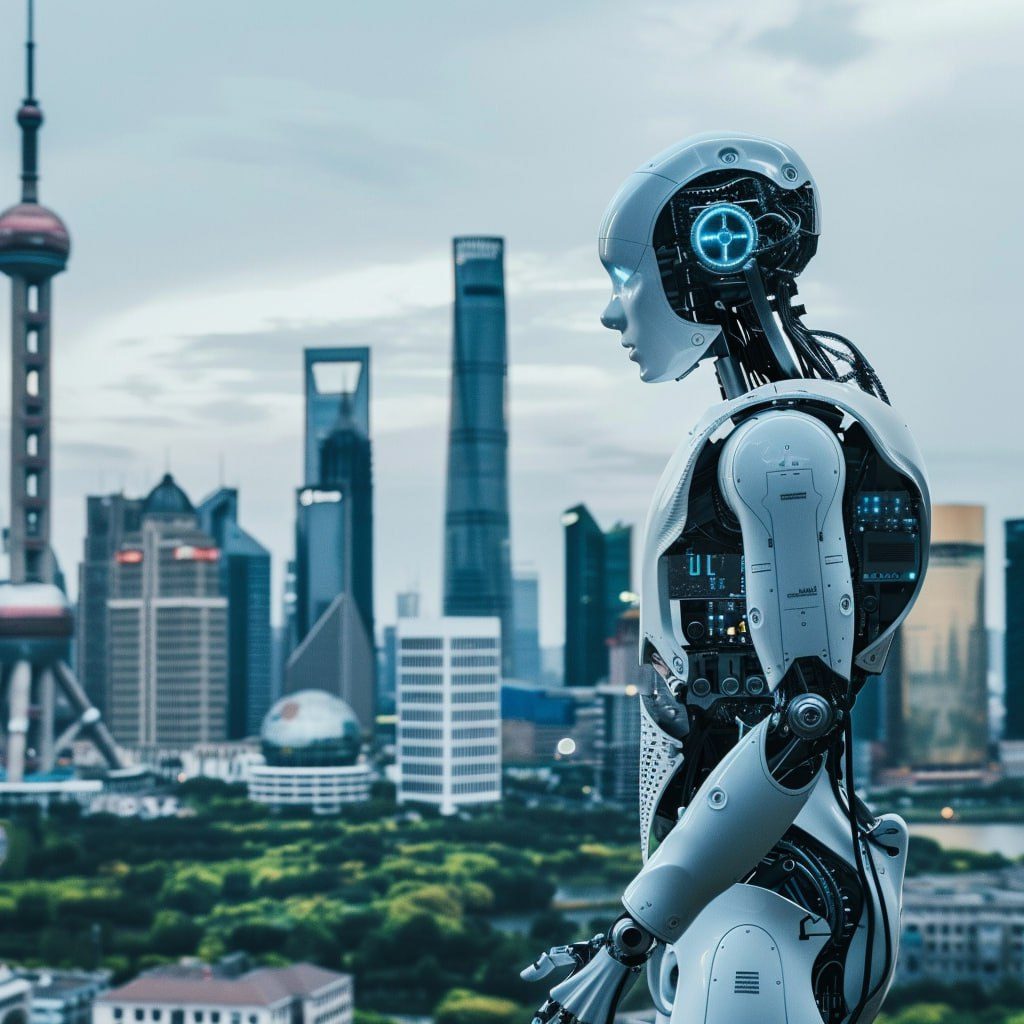The advent of AI has also affected other areas, and recruitment is one of the victims. As technology evolves at a rapid pace, it provides added features to effectively and quickly speed up the job hiring process. Though the role of AI in recruitment is very challenging, experts have already voiced that AI must be managed cautiously to maintain the ethical boundaries of this critical phenomenon.
Navigating ethical concerns
The chief executive officer of Reed Screening and the Better Hiring Institute host, Keith Rosser, offered the direction for the AI application. He said that it is crucial to allow the machines to perform their work well without bringing bias into the process. He promotes that AI recruiting systems necessitate ethical administration to guarantee equality, the provision of tips, and good ethical application. Here, the All-Party Parliamentary Group on Modernising Employment took several expert practitioners from various fields to form ideal guidelines for AI-empowered recruitment.
Such a targeted approach is a deliberate way of satisfying the needs of the two different reports whose interests they are responding to the Responsible AI in Recruitment guidance previously disclosed by the Department of Science, Technology, and Innovation. While the earlier document is on procurement strategies, the APPG is planned to be the more comprehensive framework that covers the production of abuses and the performance of ethics by both employers and job seekers.
Addressing bias and misuse
The AI systems, which allow for improved acceptance of candidates and save human resources considerably, also provide promising gains. On the other hand, the presence of bias in arrangements such as these becomes even more apparent. On the other hand, Ralph ‘White’ director of Future Work, says that AI can match similar job openings with high precision. Though these machines can do the job with high precision, human intervention can’t be undermined. Audits that occur regularly can help root for bias out of systems if they emanate from data sets, system behavior, or learned patterns.
AI is also a construct for job seekers hiring resumes, and it has also influenced the AI recruitment procedures. If used for the right ends, such tools can give a passage to people in the deepfake and other fake practices to recruit and entice, which makes the processes hard to see. Hence, we will need certain forms of rule-making bodies to address disputes between different independent entities and to improve transparency. The Bill sponsor, Lord Holding Back, said that apart from building principles that are going to support innovation, he also calls for the creation of principles that support fairness in spite of them. He mentioned that stakes were not invested, but there was a variety of opportunities.
Thus, a unified effort is required to address the challenges posed by AI. Besides that, Dr. Huw Fearnall-Williams, a lecturer at Lancaster University; Tamara Quinn, a solicitor at Osborne Clarke; and Estelle McCartney, Arctic Shores’s marketing executive, were some of the key figures who were a part of the thorough discussions of the APPG. They are surprised by the transparency & regulations while physically reminding them of the benefit of engaging diverse views that shape the practices.
Balancing automation and human touch
Automation in the hiring process would undoubtedly have helped improve efficiency. Yet, White remembers not to overuse technologies in recruiting since they might dehumanize it negatively. Determining the difference between automation and the human element will be key in ensuring that the hiring practices will be both fair and empathetic. Feedback from over a hundred hiring organizations is anticipated to refine even more the current best practice handbook, which is scheduled to be released soon.
This approach involving mutual understanding seeks to tackle the problems of AI automation and, at the same time, highlights its positive aspects for employers and potential employees. In this fast-changing landscape, recruitment professionals and job seekers are faced with the challenge of adapting their techniques to these dynamic shifts that come with AI. The key would be to achieve a responsible adoption so that the capabilities and risks are well balanced.





